Verb patterns again – final solution
Have you ever tried to memorise the following list of verbs to know when you should use TO and when the ending ING?
ADVERT:
[showmyads]
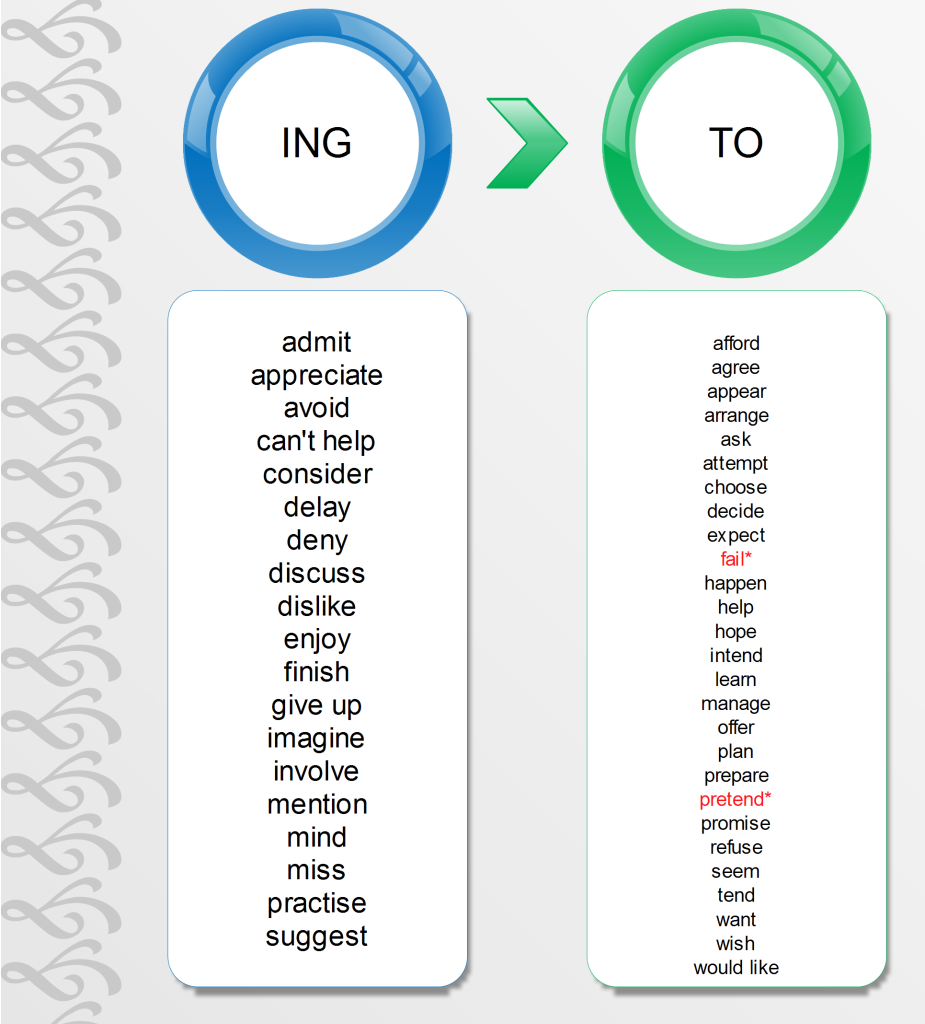
Honestly, I have never been able to commit the list to memory. And even when I thought that I know the verbs I was not really sure which form follows them. And my students had the same problem.
So I have written a post on verb patterns. But it did not work. The division of the verbs was too complicated.
And when I started to be desperate I read a short comment under a post on verb patterns. There the author described his simple rule which worked in nearly 100% cases.
The rule goes like this: “If the first verb happens before the second verb, use TO. If the second verb happens at the same time or before the first verb use the ending -ING with the second verb. For example: I want to go out. (First I want and then I will go out) She stopped smoking. (First she smoked and then she stopped.) He agreed to do it. (First he agreed and then he did it)”
Simple, isn’t it? However, you have to be careful as the rule does not work for the verbs suggest, pretend and fail.
Below you can see the idea in a mind map and lower you can test it in several games.
Verb patterns – mind map
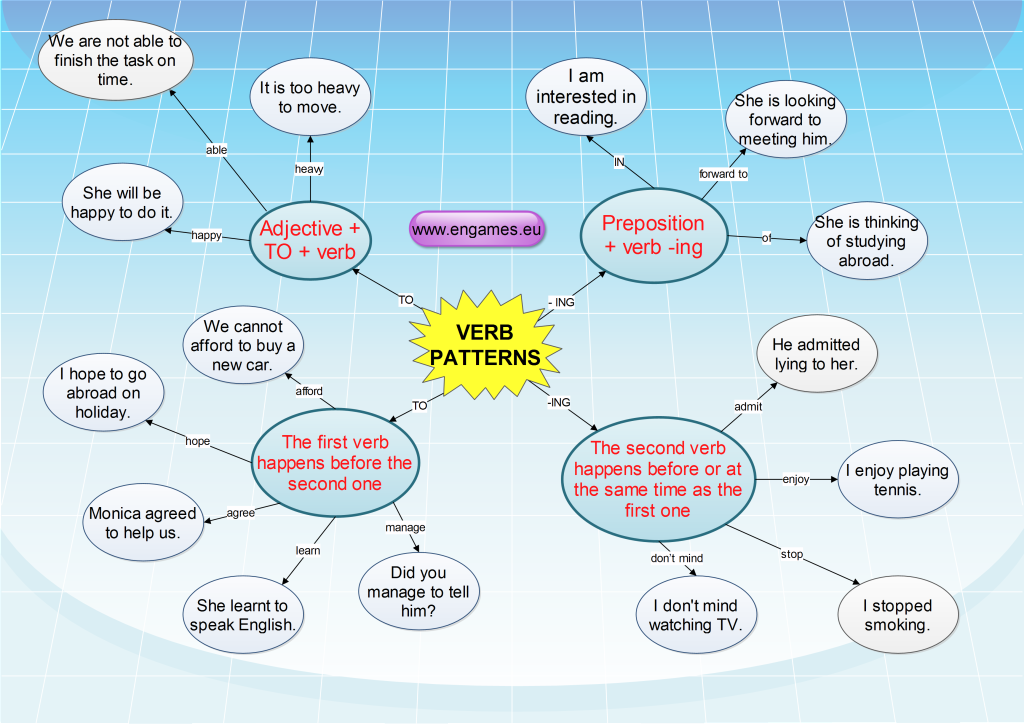
Verb patterns – games
In the second game, you should complete the quiz and if you succeed you can play the game Rock, Paper, Scissors.
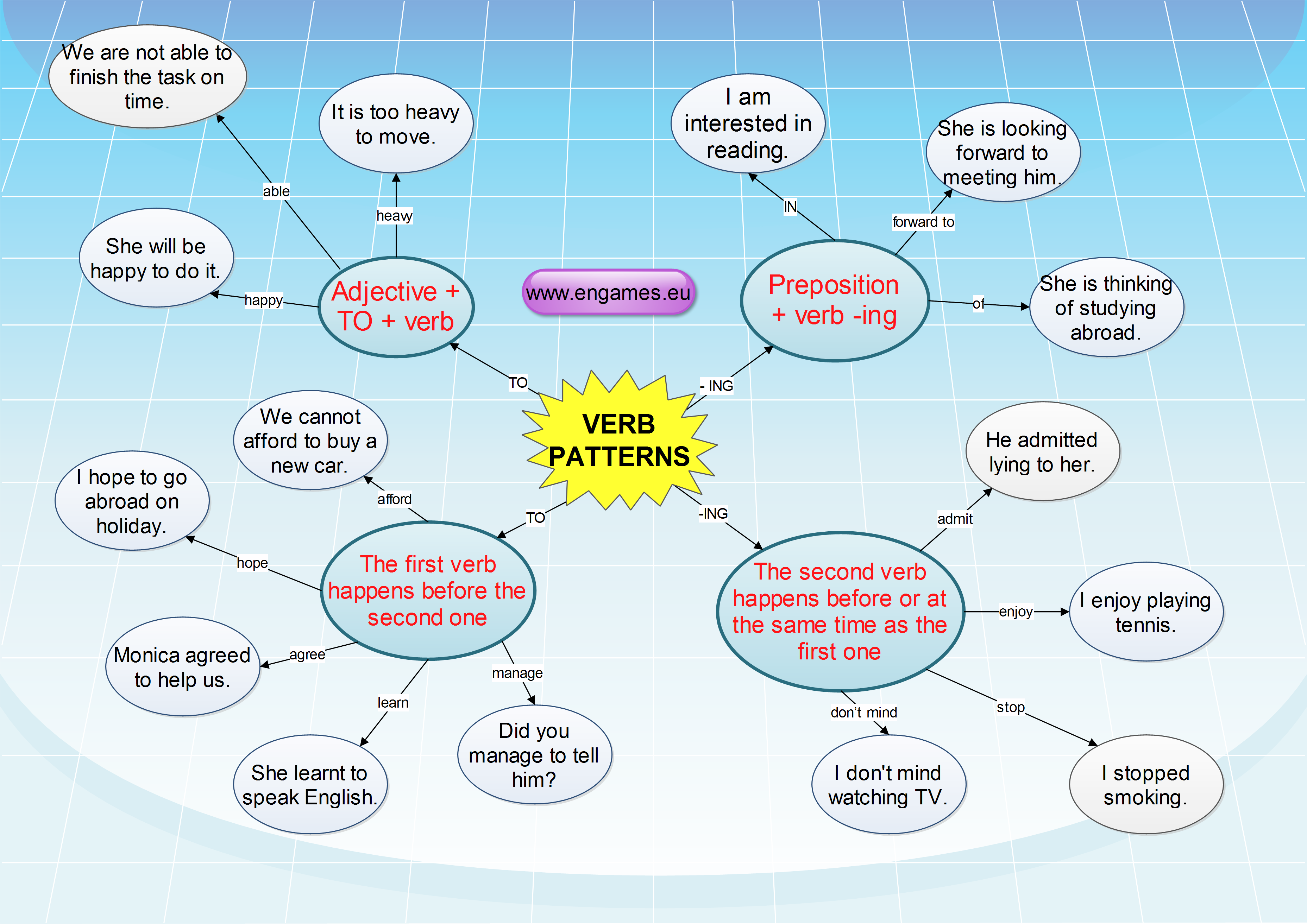
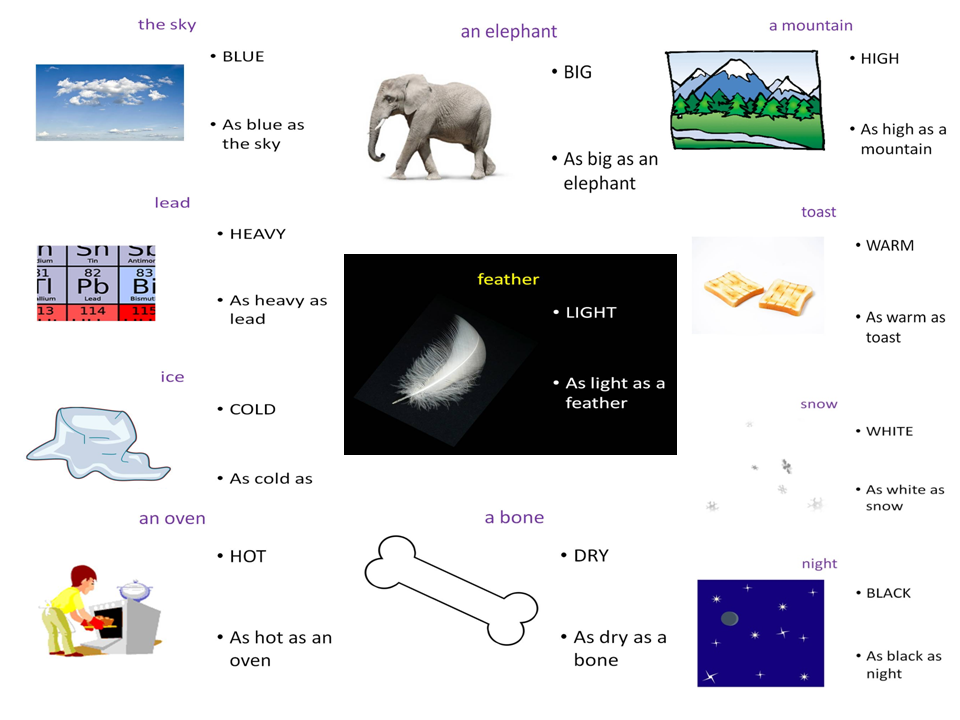

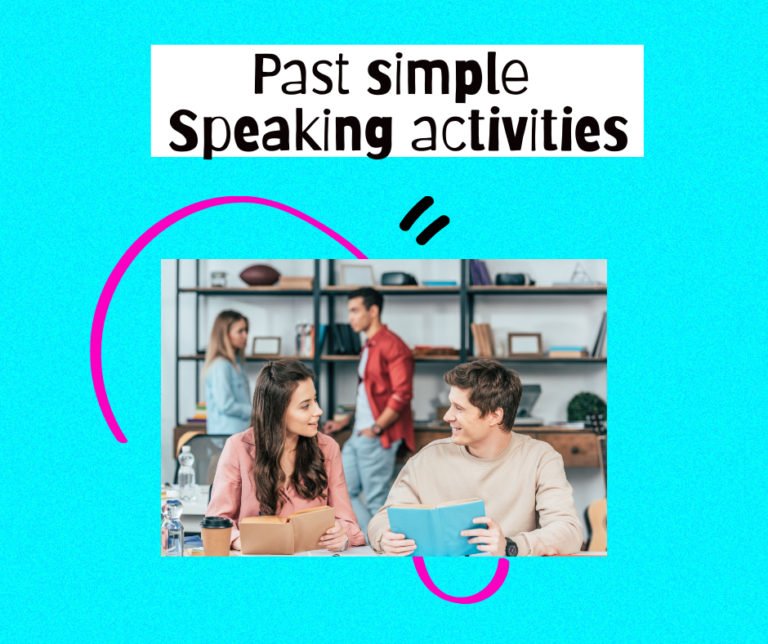
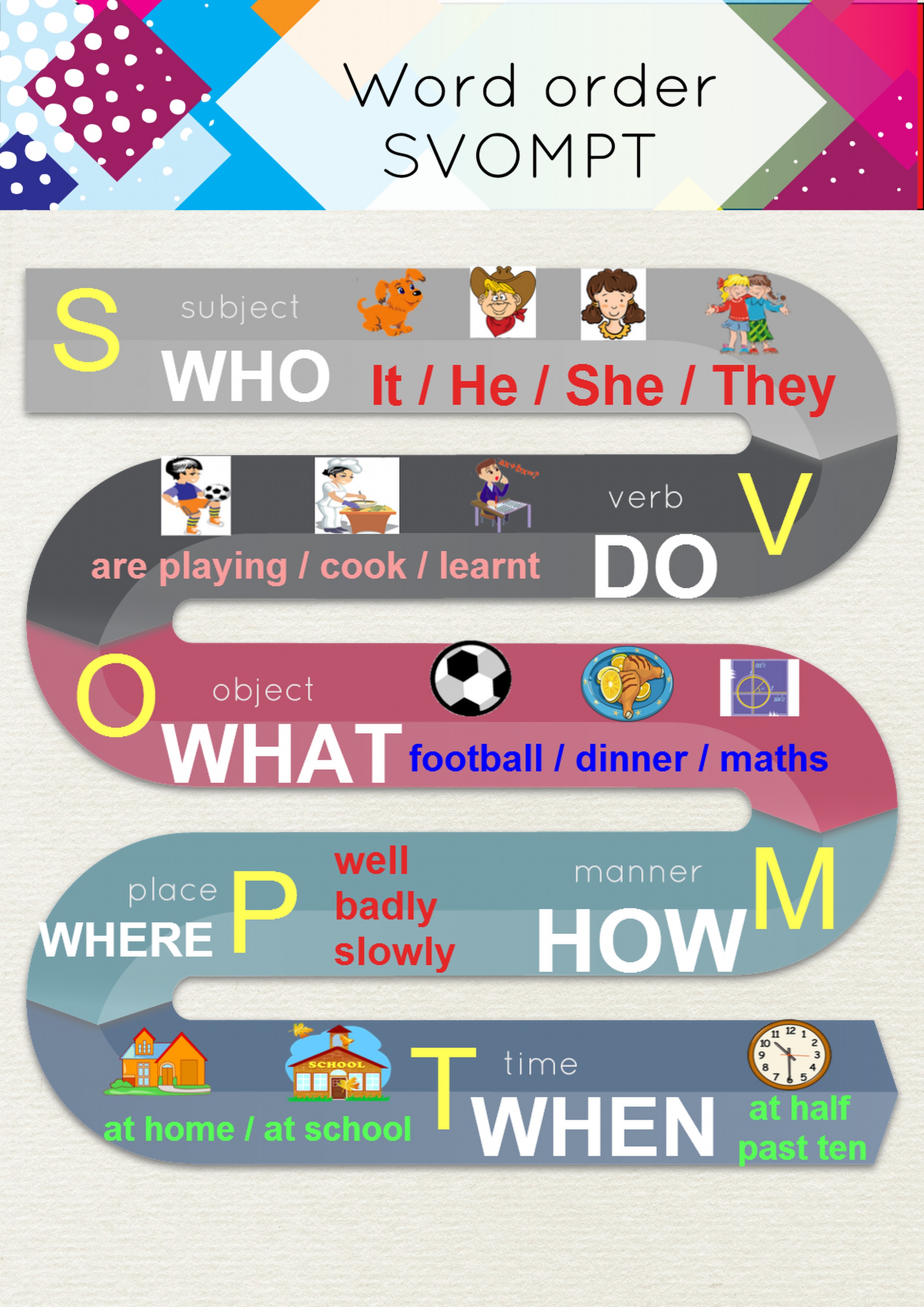

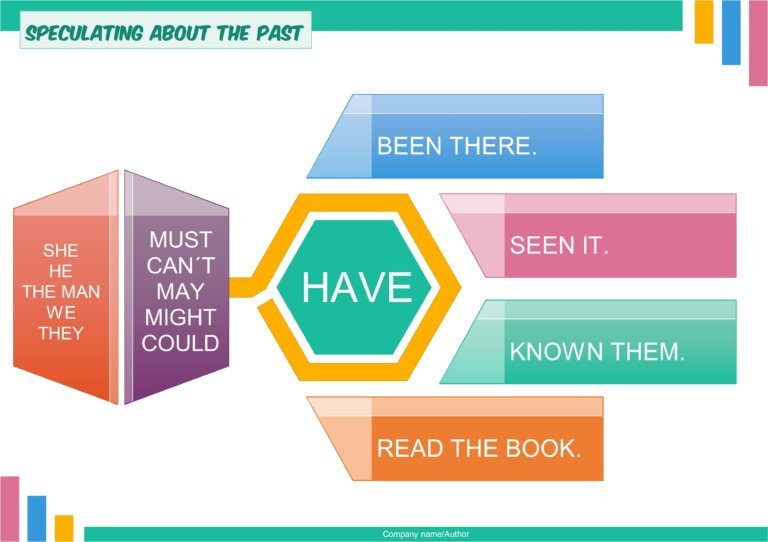
very interesting and helpful to us as an english teachers in lower primary classes.
I’ve been doing some exercises because of I’m improving my english and I’ve seen the next sentences:
1. My mother likes to sweeten the dessert with honey.
Wouldn’t it be “likes sweeting” like in the next sentence:
“I like playing football”, for example.
Thank you for solving the question to me.
No. Sweet is an adjective and sweeten is a verb. Thus you could say: My mother likes sweetening her tea.
I am glad you like it.
Your test comes up with `partially correct´ even if it is filled in correctly!
Otherwise very good explanations.